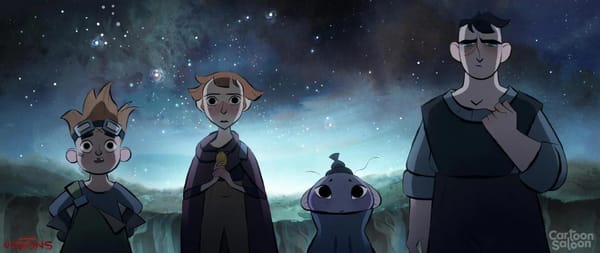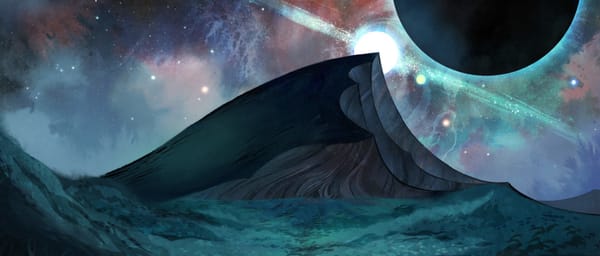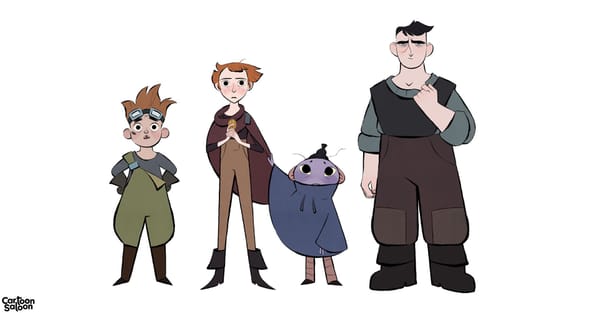Star Wars: Visions Memories 06
What happens when you're pushing against the story instead of trying to lean into it...
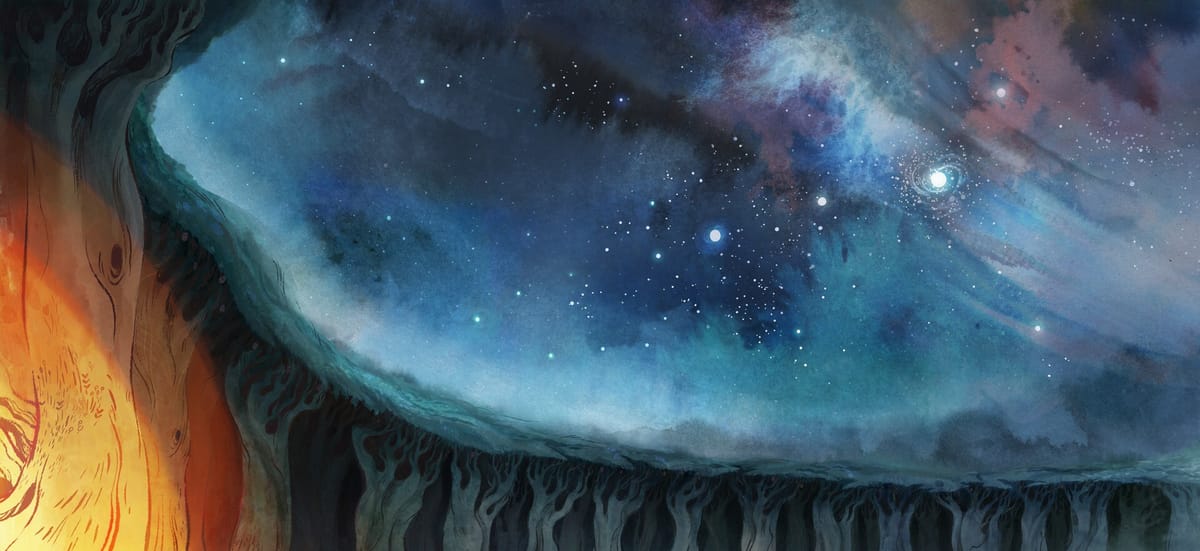
We had a locked script. Paul loved it. Lucasfilm loved it. Everyone was happy. Next up: storyboarding. A script is one thing, but telling a story visually? That’s where it sings. That’s where you find the real shape of the story...
...or lose it.
I'm going to say this as clearly as I possibly can: if you walk into the next process wanting to change everything, you’re at real risk of losing it. All the good work you’ve done can unravel fast. And then you'll have to find a whole new heart in your story and wonder why it just didn't work on the page in the first place.
It happens. And it happened just a little, just a touch, with our own internal studio team very early in the process. We had one moment of friction where it felt like a conflict in what story was actually being told. This can come from a place of excitement, enthusiasm - people getting excited about the opportunity and wanting their ideas to come out on top. But that risks becoming combative more than collaborative. Thankfully, we were able to get past this quickly.
If a director has a story they want to tell, the role of everyone else is not to fight for their story, it's to figure out how best to realise the director's vision. In the case of Screecher's Reach, how Paul saw the film was on the page. Every word, every visual description carefully chosen.
So it was time to take off my writer hat, set that aside, and put on my producer hat. And my most important producer role here was supporting Paul and advocating for him and protecting that vision. In this case, we did manage to get everyone seeing things the same way and we brought others on board too to help Paul visualise this story as he saw it. That was crucial.
And sure enough, we did get an animatic that reflected Paul’s vision. It was a little too long and the village sequence would have to go but the film was there. I like to think Paul has a little shrine somewhere for that village sequence and he lights a candle at it each night. It was just as the kids get towards the cave, the idea was that there was a creepy, abandoned village that they would have to cross. Abandoned of course because of the legend of the nearby ghost. Maybe she had even been killing livestock or children. I think we all knew it was the only expendable part of the short. And sure enough we lost it for time.
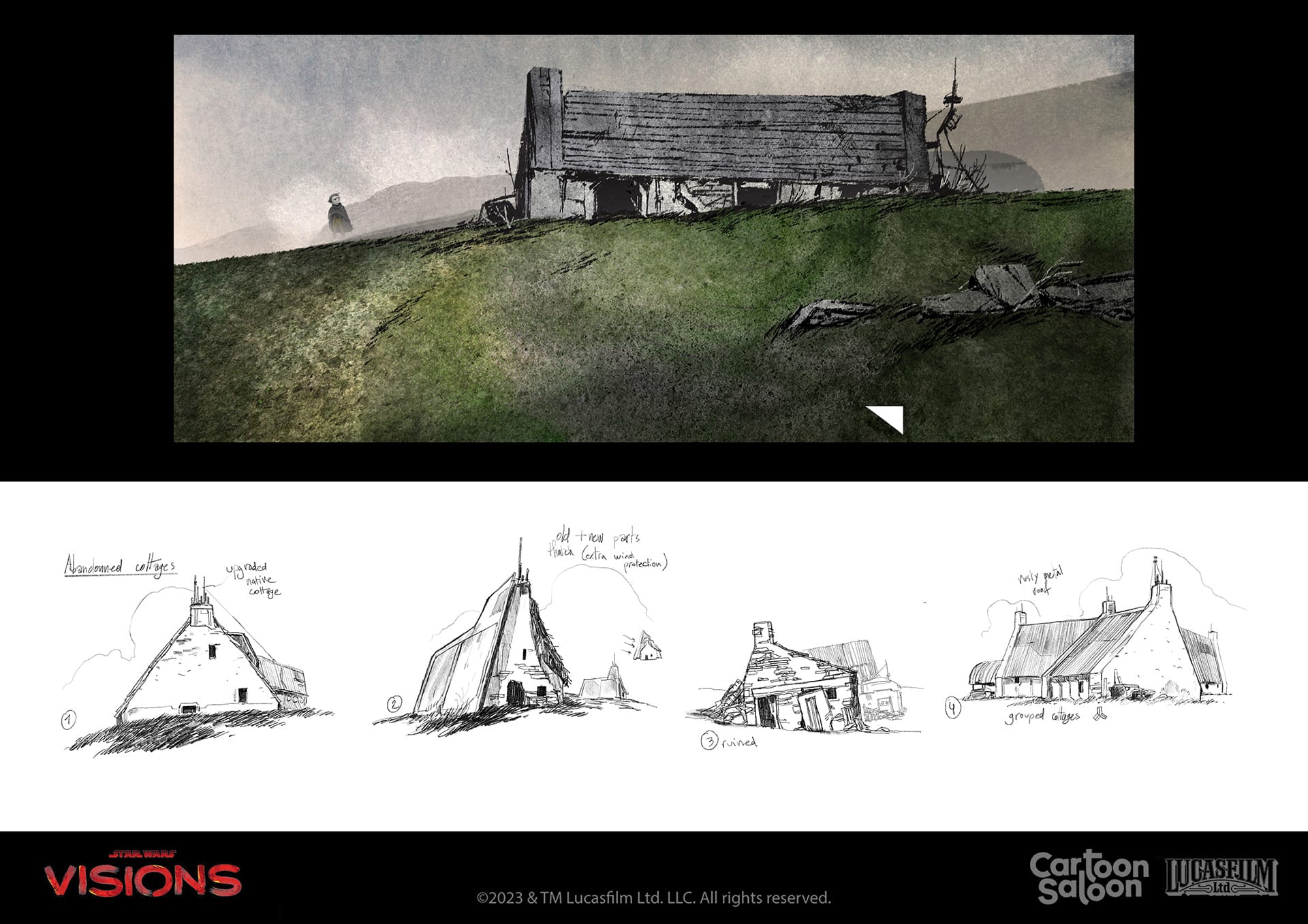
But here's the thing - Paul saw that sequence in his head. If we hadn't been up against it for run time, it would have been in the film, which is exactly how it should have been. The director's vision is so important in all this. And even if one of us could say definitively that the sequence is redundant, if the director believes in it, he'll make it work. And the other thing - if anyone does say anything definitively, they're usually wrong. It's all just, like, your opinion, man.
Supporting your director is crucial. Fighting him to tell another story? Not helpful.
What's great is that, from there, every other process added to the story. It didn't conflict with it, it made it better. Stronger. Every person bringing their own touch to make the finished film so much better than it ever was on the page.
Nevertheless, it was there on the page. Some films require a lot of reworking. It happens. But if you've got it on the page, don't fight it. Make it better.
More on making Screecher's Reach soon!

